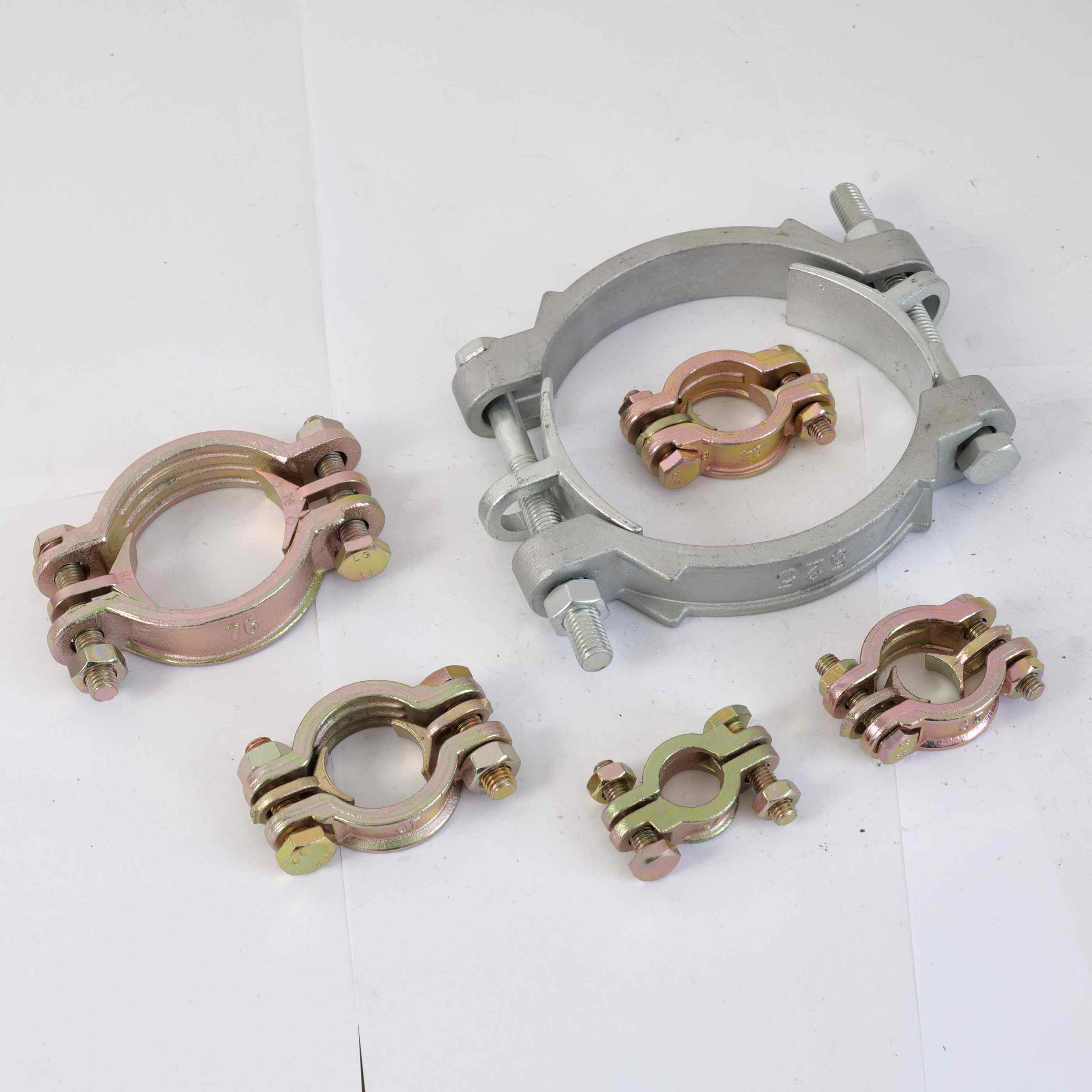Instructions for using hose clamps
2025-06-06
The use of hose clamps mainly includes three core steps: selecting the appropriate clamp type, installing and tightening correctly. The specific operation needs to be adjusted according to the clamp design (such as bolted, threaded, or infinite clamps) and hose type to ensure sealing and firmness.
General installation steps
Preparation work:
- Clean the hose connection to ensure there are no contaminants such as grease, dust, etc.
- Check whether the clamp is intact, without deformation or damage (especially the bolt or threaded part).
Install clamps:
- Bolt clamp: Loosen the bolt, fit the clamp onto the outer wall of the hose, insert another water pipe, and tighten the bolt.
- Threaded clamp: Rotate and tighten directly at the threaded interface of the water pipe.
- Infinite clamp: Special tools (such as pneumatic calipers) should be used to evenly apply force to ensure a 360 ° seal.
Tightening and inspection:
- Gradually tighten the bolts or tools to avoid excessive force causing deformation of the hose.
- Check for firmness, no looseness or leakage after installation.
Attention:
- Distance between hot and cold water pipes: If used for water pipes, the distance between hot and cold pipes should be maintained at 10-15 centimeters.
- Special scenario: Aircraft or high-pressure systems must strictly follow the torque requirements in the manual and be used in conjunction with lubricants.
- Repair treatment: If the joint leaks water, you can try tightening or replacing the clamp. If it is severe, it needs to be reinstalled.


